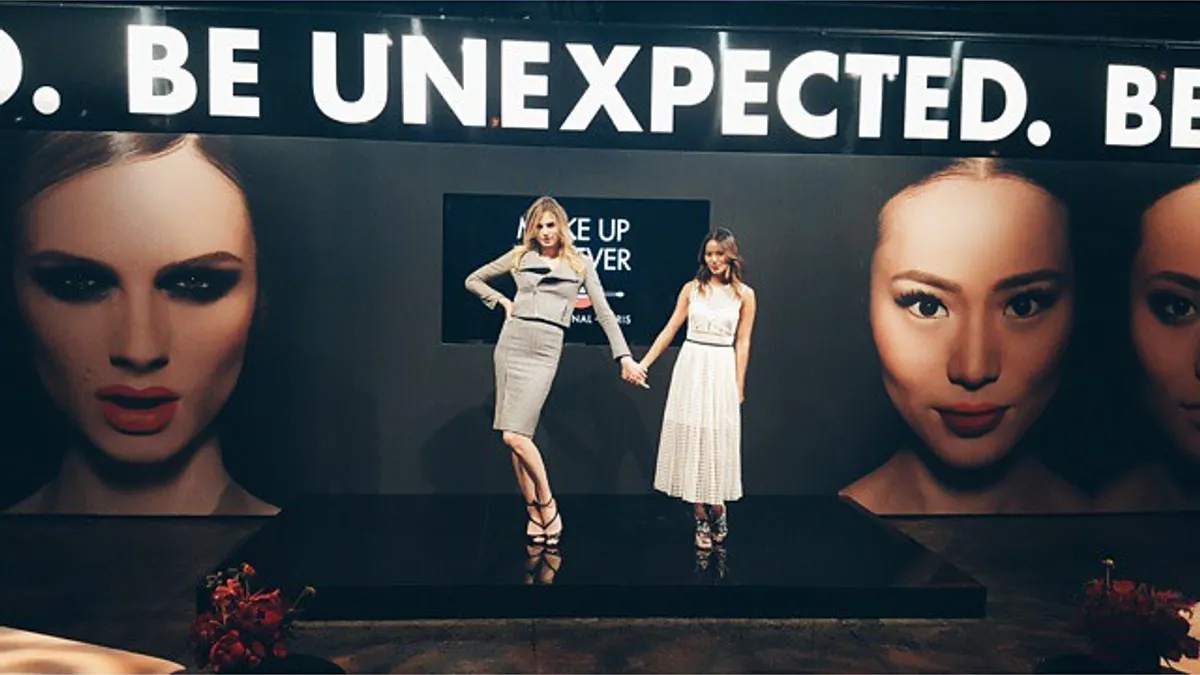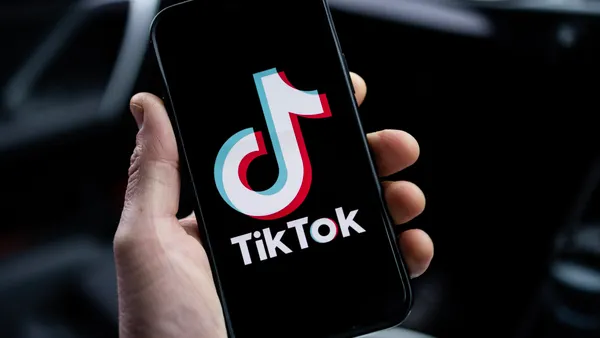It was in the 1930s that the likes of Vogue magazine and British Vogue embraced trousers for women as high fashion. And with that came a marketing opportunity, for the new apparel itself as well as for the accessories the tastemakers said it might require.
"And if people accuse you of aping men, take no notice,” British Vogue wrote. “Our new slacks are irreproachably masculine in their tailoring, but women have made them entirely their own by the colours in which they order them, and the accessories they add. The fashionable, modern woman should wear slacks practically the whole time—unless, of course, she is staying with a hostess who is an Edwardian relic with reactionary views.”
The moment came when the Edwardian woman, no doubt an arbitar of taste once herself, was easily dismissed if she wasn't willing to embrace trousers for women.
The country seems to be at the cutting edge of another new fundamental shift in attitude when it comes to gender and style, which opens up opportunities for merchandising and marketing for retailers who choose to take advantage.
Is 'non-gender conforming' the new black?
Treating women wearing trousers as avant-guarde fashion may itself seem like a relic, until you realize that it’s still notable when actresses appear on the red carpet wearing pants or that some women hesitate to wear them at a formal event like a wedding.
“In almost every culture, traditional gender norms dictate that women wear dresses or skirts [to weddings]," writes pop culture and fashion writer Jinnie Lee in a piece on Racked titled “The Ultimate Wedding Hack Is Wearing Pants.”
“But it's that exact feeling of wearing something so decidedly feminine to a wedding that has always irked me,” she continues. “Wearing a dress to a wedding feels like something I'm supposed to do, not something I want to do. And I don't enjoy putting my body into girly clothing for the sake of what's considered gender-appropriate.”
Of course, smart marketers and retailers have already noticed that Lee isn't the only woman these days interested in wearing pants to weddings, and are answering the next, dollar-sign decorated question: "What kind of pants should I to wear to a wedding?"
The trend goes beyond wedding-wear. After becoming frustrated with the typically gender-binding selection of children's clothing offered by many retailers, parents are making and selling their own designs for tots that upend traditional gender stereotypes. Profiled recently by Bloomberg, a few of these companies offer garments like loose, playtime-friendly T-shirts for girls with dinosaurs or an astronaut on them and shirts for boys in bright pink.
"Most kids and parents are going to the big retailers and seeing all these messages of what its means to be a boy or a girl," Sharon Choksi, co-founder of clothing line Girls Will Be, told Bloomerg.
Many if not most retailers continue to stock children's clothing that does follow traditional gender stereotypes. Bloomberg points out that while Lands' End carries science-themed shirts for girls, that's only after being called out by a customer for catalog offerings that "strongly promote the gender stereotypes that young boys are smart and mighty and young girls are adorable."
The influence of transgender politics
While cutting-edge fashion can certainly influence society or at least nudge along dressing habits, and some designers will attempt in-your-face moves meant to shock, the fashion world is generally not known for getting too far ahead of society’s norms.
But as LGBT rights in general and transgender or gender-nonconforming rights in particular gain acceptance, it’s become less shocking and more mainstream for people to feel comfortable as who they are and to dress in ways they please or find beautiful.
During the spring 2016 menswear season, from Paris to London, for example, designers used lace, floral prints, blousy shirts, and flower-embroidered cardigans.
"Spurred on by men’s heightened interest in fashion and shifts in social mores, [menswear] designers] are flexing their creative muscles, taking risks and challenging their customers to think beyond pastel suits, leggings and a pair of skinny trousers cropped to the ankle," noted Washington Post fashion critic Robin Givhan.
In recent years, Andreja Pejic as a male model (Andrej Pejic) was already known for his gender-blurring look and his work on both the men’s and women’s catwalks. Her transition to a woman named Andreja Pejic has been open and well accepted — perhaps it helps that she is a stunning model in all incarnations — and she recently became the face of beauty retailer Make Up For Ever.
And that may have been bigger news if that same week a certain cover of Vanity Fair magazine hadn't leaked, featuring photographs by Annie Leibovitz of the former Bruce Jenner — in full, highly styled transition — with the headline “Call me Caitlyn.”
Retailers, take note
It’s not like this is all without controversy. There are fashion and marketing moves with much less import that have ruffled feathers and even offended people.
But this fundamental cultural shift — a newfound comfort in mainstream society with blurring gender and the appropriateness of who wears what — can be, as it was with women’s trousers in the last century, an opportunity.
Fashion designers and retailers have new ways to design, feature, and market apparel. Of course, that may be a tall order for the many retail companies that often even have trouble catering to women of different sizes.
And marketers can get attention for products that may not otherwise stand out in the crowd. Johnnson and Johnson earlier this year, for example, tapped a transgender teen for its #SeeTheRealMe campaign for its Clean & Clear line of anti-acne products.
Certainly, experts say, the younger the demographic, the more likely such a campaign will land.
"Teens and 20-somethings are extremely accepting; they have LGBT friends and know kids transitioning in school. Plus, they’re growing up with people like ["Orange Is the New Black"’s] Laverne Cox on TV,” Ellen Kahn, director of the Children, Youth and Families Program at the Human Rights Campaign in Washington, D.C., told Marketing magazine.
At a time when showing same-sex couples in ads is still considered bold (and garners criticism), including transgender people or otherwise blurring gender lines is even more so. But something has given way, and there is a certain sense of acceptance and even fun in some of these stories and ads.
"Ten years ago, even the gay organizations weren’t ready to take it on," Joe Landry, EVP at Here Media, publisher of such LGBT titles as Out magazine and the Advocate, told Marketing magazine. "There’s been tremendous, tremendous progress in the past four or five years. That’s an amazing cultural shift — how did that happen?”













